It is becoming increasingly clear that wood is the building material of the future. All over the world, buildings are being built taller and taller, each time pushing limits that were previously considered insurmountable. Both public and private sectors around the world are relying on wood to build sustainably. News of such buildings is growing and gives us hope that in the near future we will see sustainable public buildings in Romania.
In September 2021, a cultural center with a total area of 30,000 m² built entirely of wood was opened in Skellefteå, Sweden, close to the Arctic Circle. The center also includes a 20-storey hotel with a height of 75 m, making it the second tallest wooden building in the world. The project was realized by the architectural studio White Arkitekter and the client was the municipality of Skellefteå.

Sara Cultural Centre, an award-winning project become reality
The Sara Cultural Center is home to the Skellefteå Art Gallery, the Anna Nordlander Museum, the six-stage Västerbotten Regional Theatre, the city library and the 205-room Wood Hotel with restaurant, spa and conference center. The municipality's ambition is for this cultural hub to be internationally recognized for its hospitality and activities, but also for its willingness to innovate and, above all, for its contribution to the idea of sustainability and sustainability.
The building has been designed for a lifespan of at least one hundred years and will have a negative carbon footprint for fifty years. For this project the architectural studio White Arkitekter received the 2018 MIPIM Future Project Award.
The project had to solve problems on several levels. In addition to those related to the structural strength, the wide openings and acoustics of the spaces in the cultural areas, the combination of wooden structures with glazed areas, and the flexibility of the spaces had to be taken into account.
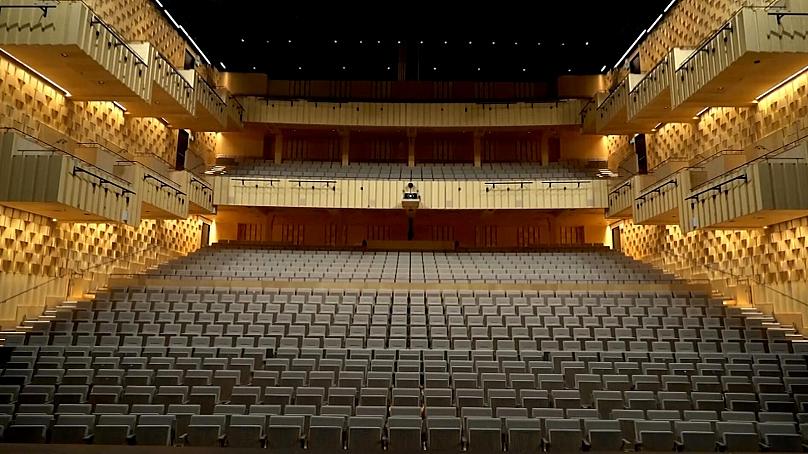
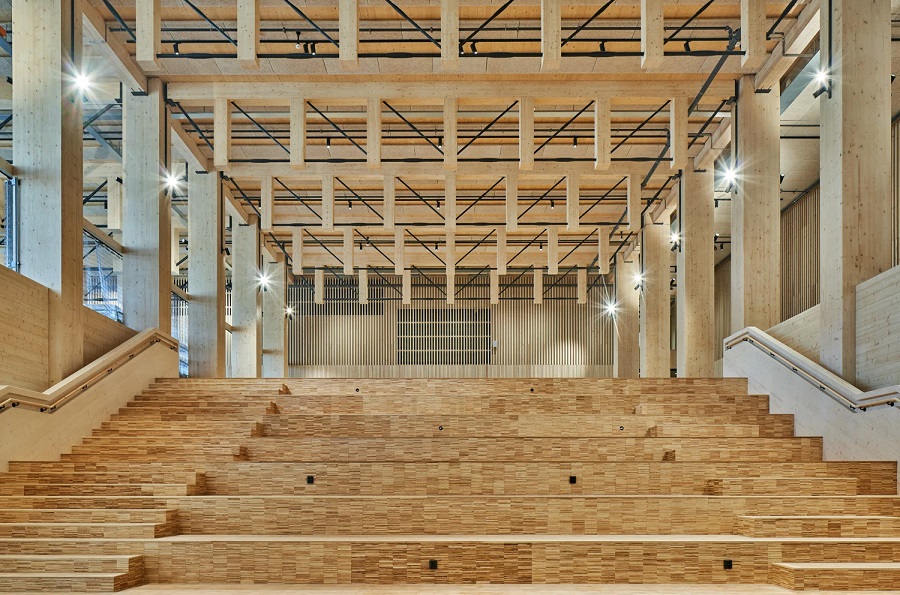
All-timber, low carbon footprint, energy 100% renewable
The entire center was built with more than 12,000 m³ of wood harvested from forests just 60 km from the town and processed at a local company also near Skellefteå. The lower part of the center - the art gallery, museum, theater and library - was built from laminated beams (glulam) and walls of CLT. The hotel was made of overlapping 3D CLT modules placed between the 2 elevator shafts, also made entirely of CLT. No concrete was used at all for the structure, which shortened construction time and reduced the carbon footprint of the building.
The design of the building also aimed to reduce energy consumption. Solar panels installed on the roof produce renewable energy which, together with the wooden structure, offsets the building's carbon dioxide emissions. The surplus energy produced by the solar panels is stored in the basement. In order to obtain 100% renewable energy, the center's power supply system was optimized and integrated with the city's central energy solutions.
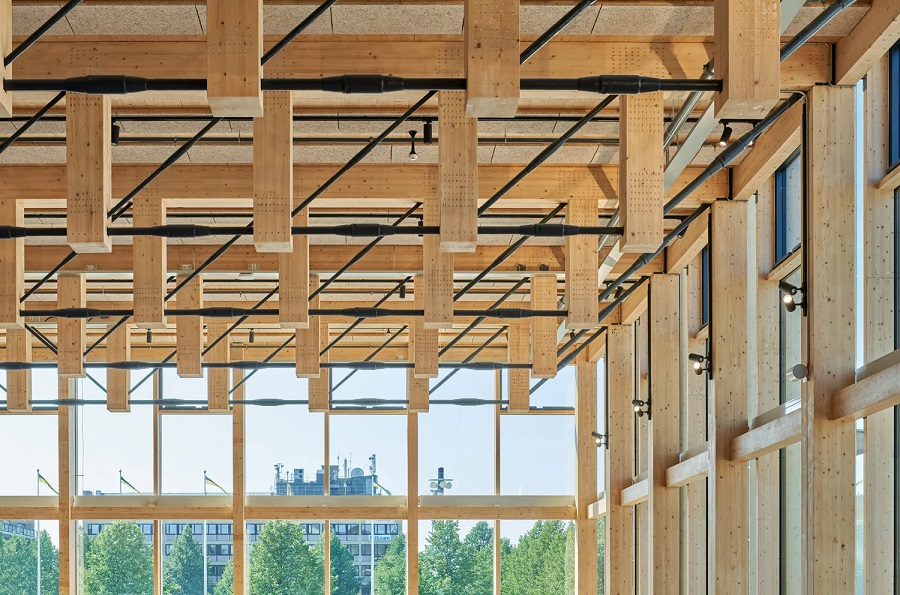
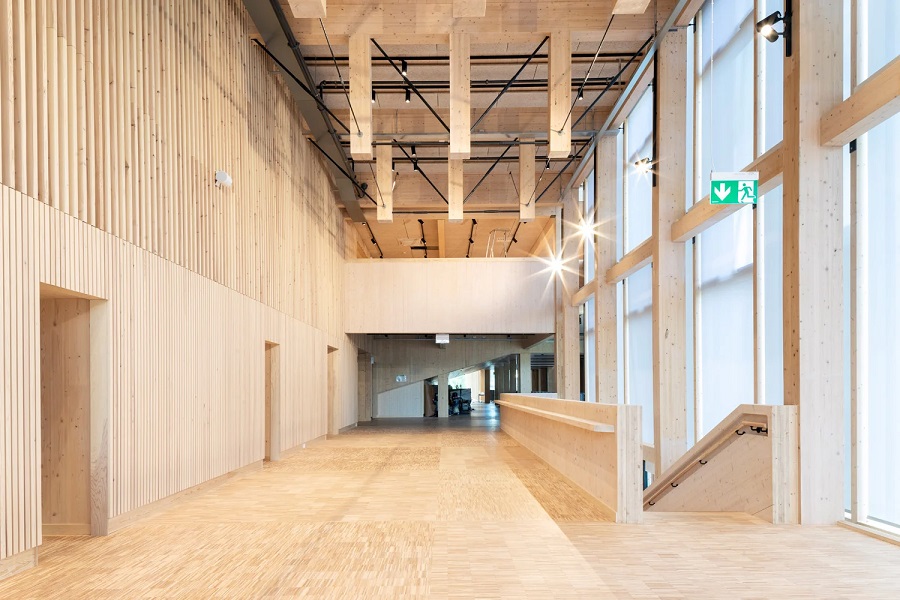
A change of mentality
In Sweden, building with wood means tradition. Yet the industrial development of cities meant that for a while concrete houses replaced wooden ones. The UN's alarm over pollution from building materials, which account for more than 38% of global carbon dioxide emissions, has sensitized Swedish officials and public opinion to the problem, prompting a return to wood. After a long period when timber-framed buildings were limited to a maximum of 2 storeys, wooden buildings are now getting taller.
Tomas Alsmarker, Head of Innovation at Swedish Wood, says the country has seen a huge change in building materials recently. Wood is now the material of choice, which is understandable when you consider that Sweden is the country with the largest area of forest in Europe. "For buildings up to eight stories, the question is not whether they can be made of wood, but what's stopping us from making them wood."
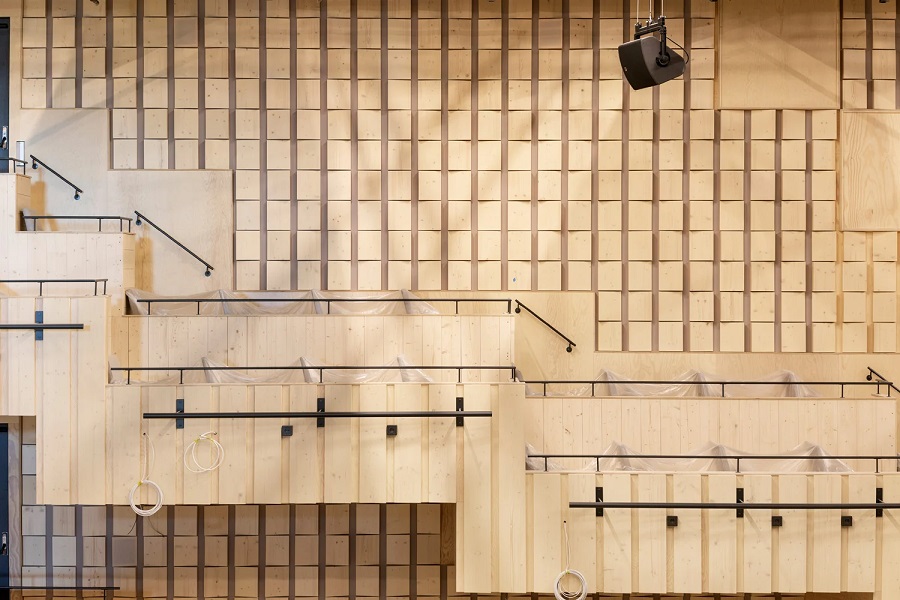

article source: euronews.green
photos by Åke Eson Lindman and Patrick Degerman


























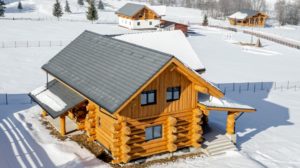
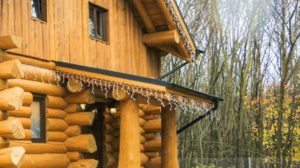

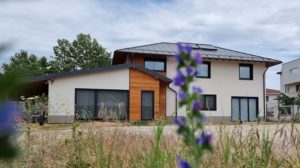
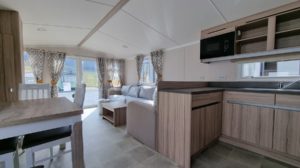
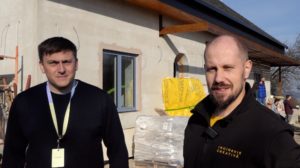
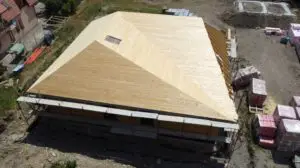



Add comment